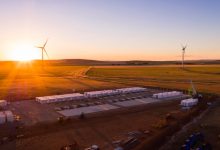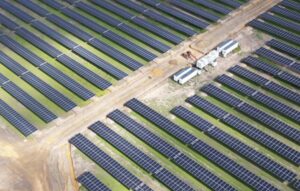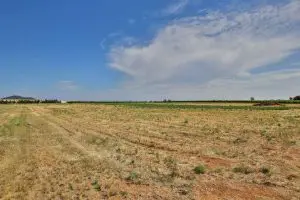The expanded Tesla big battery – officially known as the Hornsdale Power Reserve – has begun its final testing before it starts to deliver a range of new services to the state’s renewables-dominated grid.
As RenewEconomy reported last week, the Hornsdale battery – which is being expanded from its initial capacity of 100MW/129MWh to 150MW/194MWh – received regulatory approval from the Essential Services Commission of South Australia and was expected to begin final testing soon.
That has now begun, with what remains the world’s largest lithium-ion battery scheduled to deliver new grid support services that state energy minister Dan van Holst Pellekaan says will be at a scale unmatched in the world.
“With the project entering its critical testing phase, this means its full capacity will be activated and testing will check that the battery is operating as intended and safely,” he said.
“The significant expansion of Neoen’s ‘Big Battery’ is evidence of the innovation taking place in South Australia’s energy sector, and the benefits that grid-scale storage can provide.”
The Hornsdale battery has already proven its worth, stepping in on numerous occasions to keep the lights on in the event of major coal plant trips of transmission losses. It is credited with delivering more than $150 million in savings from its interventions in the frequency control market, and has also delivered a handsome return to its owners, the French-based Neoen.
It is also created with changing the thinking about the role of battery storage in a grid dominated by variable wind and solar. The Australian Energy market Operator has hailed the speed and versatility of its response to grid issues, and is looking forward to its added new roles, which includes the provision of inertia traditionally delivered by coal, gas or hydro generators.
The South Australia state government has put up $15 million in funding for the expansion from the $50 million Grid Scale Storage Fund, and much of the rest has come from the Australian Renewable Energy Agency ($8 million in grants) and the Clean Energy Finance Corporation ($50 million in finance).
“After additional testing, the battery will deliver a range of grid support services which mimick those provided by traditional generations, such as inertia which helps reduce shocks to the system,” van Holst Pellekaan said in his statement.
“The increase in storage power and capacity mean a faster response to disturbances such as network faults, so that within milliseconds the Hornsdale Power Reserve can help stabilise the grid.
“In demonstrating the benefits that batteries can provide, this will help inform the regulatory changes required to create new markets which attract new technologies to support renewable energy.
“Independent modelling indicates that the Hornsdale Power Reserve has already delivered more than $150 million in savings to consumers in its first two years of operation. Upon successful completion of testing in the next few months, we expect these savings will continue to grow.
Louis de Sambucy, the head of Neoen Australia, said the Hornsdale expansion will deliver ground-breaking innovations to increase grid security and further unlock renewable energy performance in South Australia.”
“With the support of Tesla, the South Australian Government, ARENA, CEFC, the Northern Areas council and construction partner Consolidated Power Projects Australia, the Hornsdale Power Reserve will keep South Australia at the forefront of the energy transition.”
South Australia’s Liberal government is aiming to reach net 100 per cent renewable energy – through wind and solar – by 2030.










